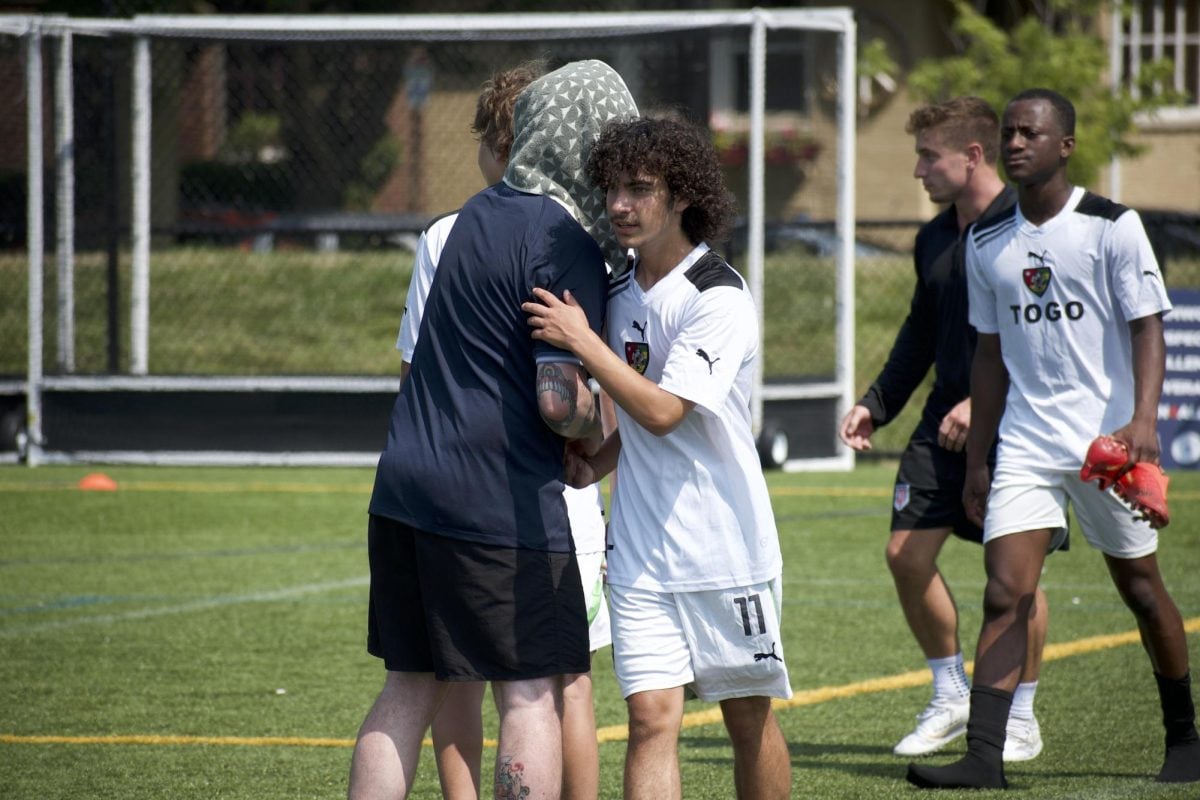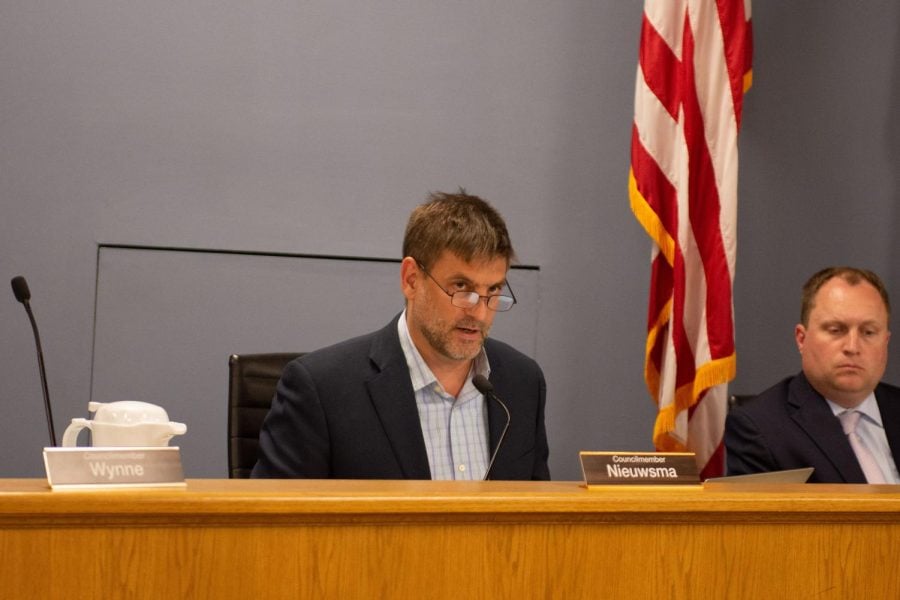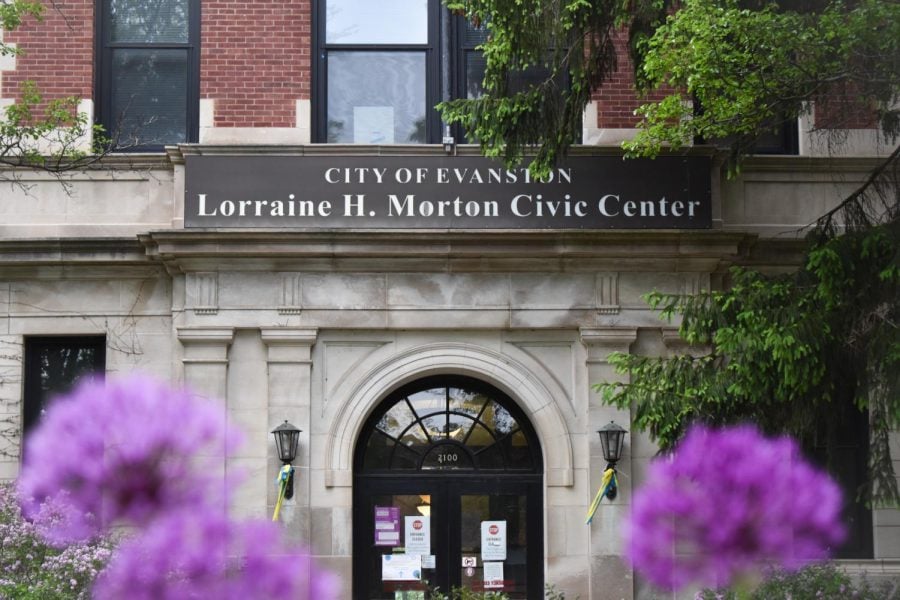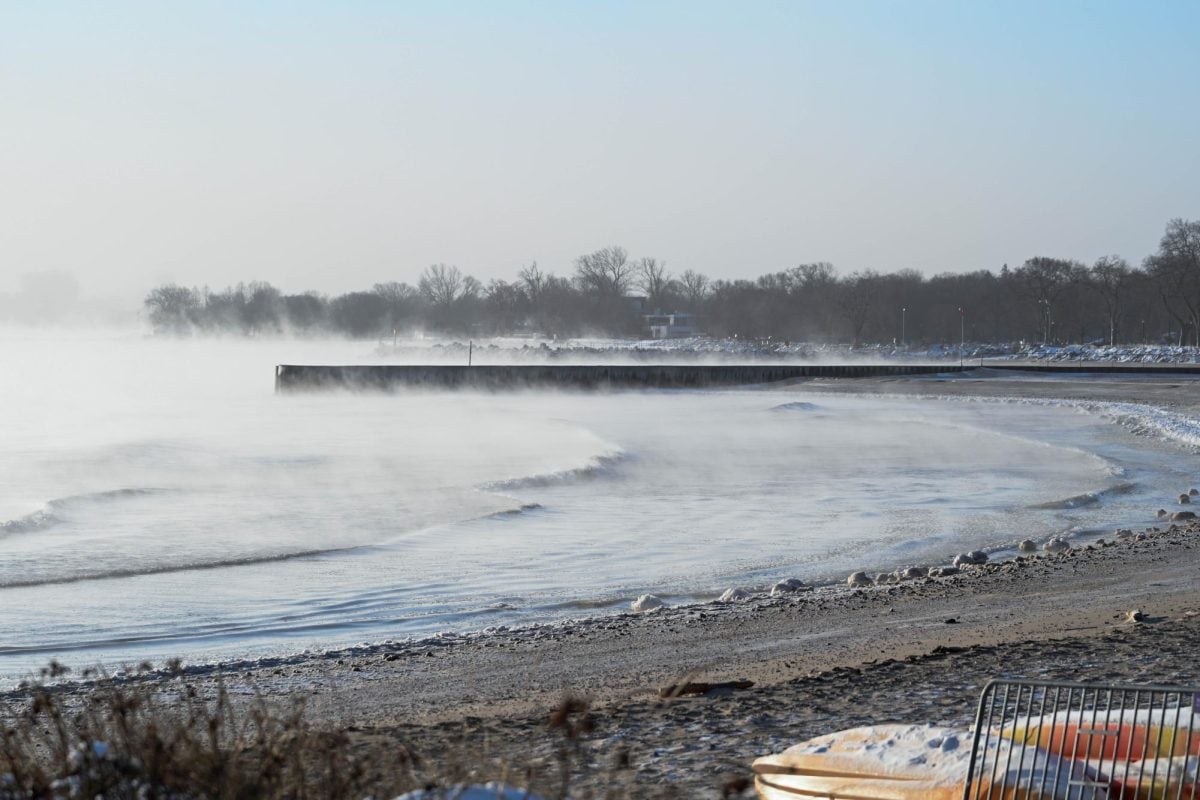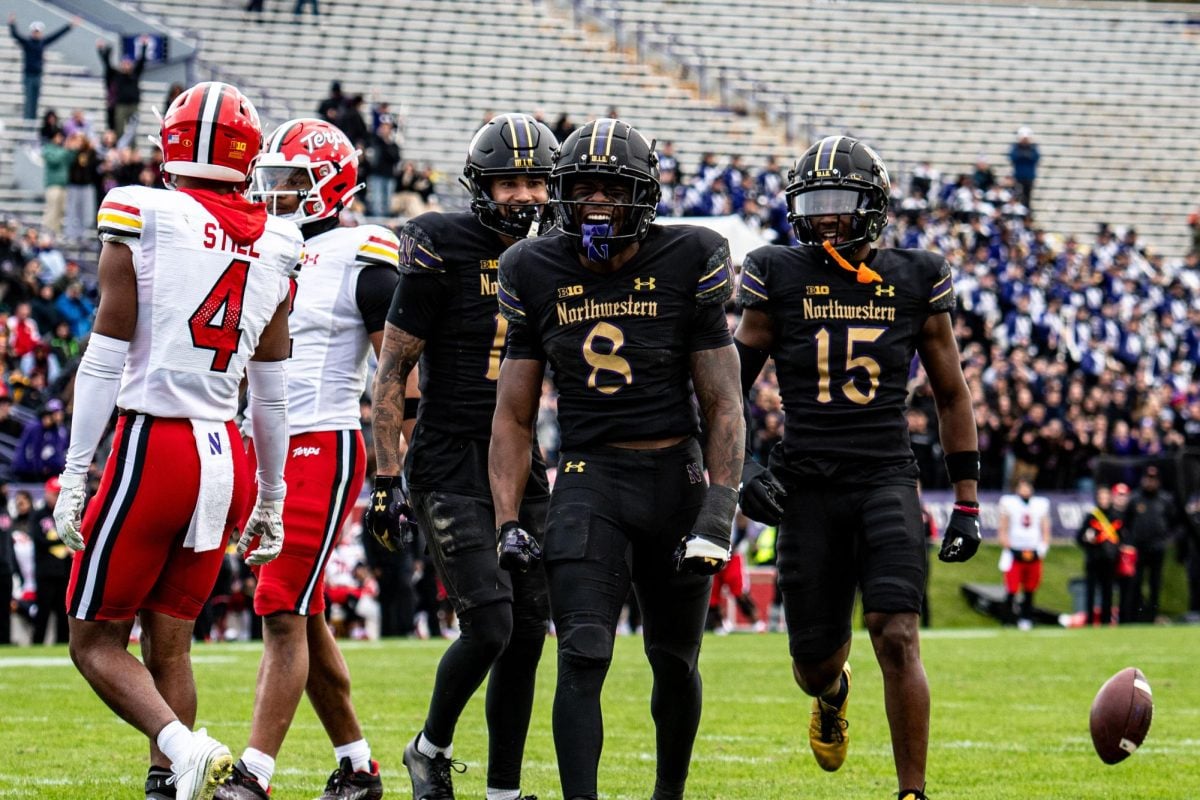D202 teachers adapt to remote e-learning and decreased student engagement
Illustration by Carly Schulman
Since school started in August, ETHS teachers have had to adapt as online learning throws challenges their way.
September 17, 2020
When Gov. J.B. Pritzker ordered all Illinois schools closed back in March, teachers and students across the state transferred to online learning in the middle of the semester — and had to adapt quickly.
This fall, students and staff at Evanston Township High School/District 202 have had more time to prepare and adapt their curricula and methods for an e-learning environment, but challenges remain.
After announcing the school would remain online until further notice in July, ETHS returned to school in August. For Evanston families with younger children, Evanston/Skokie School District 65 announced Friday that the district’s first trimester would be remote — a change from initial plans to allow students to voluntarily return to in-person instruction at the end of September.
Four weeks in, the start has shown online learning poses unique challenges for teachers at ETHS. Several teachers said it’s harder to build a sense of community online, and they’ve seen a decrease in student engagement.
In some classes, students aren’t required to leave their camera on — but this can complicate teachers’ attempts to gauge students’ understanding by reading body language and facial expressions. Anita Thawani Bucio, an ETHS English teacher, has been teaching for 16 years and said adapting to this new type of learning has been hard.
“I became a teacher because I love kids, and it’s a really big honor and privilege to be a part of their life and help them come to some understanding of who they are,” Thawani Bucio said. “When you just see them through a box on a screen, it’s very detached and it’s hard to connect. They feel it. I feel it. There’s so much anxiety.”
Students might keep their screens off and not engage in class for a variety of reasons, including home circumstances, shyness and Zoom fatigue, a term used to describe the exhaustion video calls can cause, according to the Harvard Business Review.
As a result, teachers have had to adapt their definitions of typical engagement. Thawani Bucio said she’s using an online shared posting tool called Padlet, shared slideshows, breakout rooms and more as alternative ways to keep students invested.
While the physical space cannot be replicated online, lead school social worker Martha Zarate-Ortega said a lot of her focus has been on building trust and solid relationships with the students she works with. Zarate-Ortega said she wants to make sure students feel supported and able to reach out if they need help.
“They’re still engaging and they’re checking in but the feel is different,” Zarate-Ortega said. “Physically in the building, students can actually sit and process. Nothing really replaces that piece, where you can see someone face-to-face.”
Students and teachers are also up against technological difficulties like unreliable Internet connection. For this reason, some teachers are opting to do some pre-recorded lectures rather than relying on synchronous class time.
ETHS Latino Liaison and Minority Language Coordinator Mercedes Fernández said some of the families she works with don’t have access to enough computers for each kid to use at once, and some parents don’t know enough about technology to help their children access online learning.
Fernández said while families are trying to learn how to work with technology, there’s still a gap between “privileged groups that know” and have access to technology and families like some of the households she serves, who don’t.
To provide students and staff with a consistent schedule for online learning, the school implemented a block schedule, where each class has two 70-minute periods a week. Classes are broken into two groups — one that meets on Tuesdays and Thursdays, and another that meets Wednesdays and Fridays. There are no synchronous classes on “Wildkit Day Mondays,” days meant for students to catch up on work and connect with teachers for help.
The new block schedule has decreased the amount of time allotted for each class, meaning teachers had to make difficult calls when deciding what content to cover. In paring down his curriculum, Greg Ruber, an ETHS biology teacher, said he’s pursuing an “inquiry-driven process called storylining,” where he introduces students to a topic and lets their questions guide the instruction.
Ruber said he isn’t lecturing often and is finding new ways to complete labs, like finding at-home experiments accessible to students and creating time-lapse videos of other labs. He said online learning isn’t an ideal situation and poses challenges to students and teachers alike.
“People should realize that this isn’t the ideal situation for teachers either,” Ruber said. “I am energized by knowing that when I walk into the building I get to see my students… But I also care about their health, and I care about my health and I care about my parents’ health.”
Email: [email protected]
Twitter: @delaneygnelson
RELATED STORIES:
— Evanston Township High School to continue e-learning until further notice
— Evanston Township High School plans for hybrid learning in the fall


